Have you ever finished a singing session with a sore throat? Many singers struggle with this common issue.
Learning not to sing from your throat can transform your vocal performance and protect your voice.
Imagine effortlessly hitting high notes without discomfort or strain. This article will show you proven techniques to achieve just that.
Mastering these methods will improve your vocal quality and extend your singing endurance.
Whether you’re a beginner or an experienced vocalist, these tips will help you sing freely and comfortably. Ready to unlock your true vocal potential?
Let’s explore how to sing without straining your throat and take your performances to the next level.
What is Singing From the Throat?
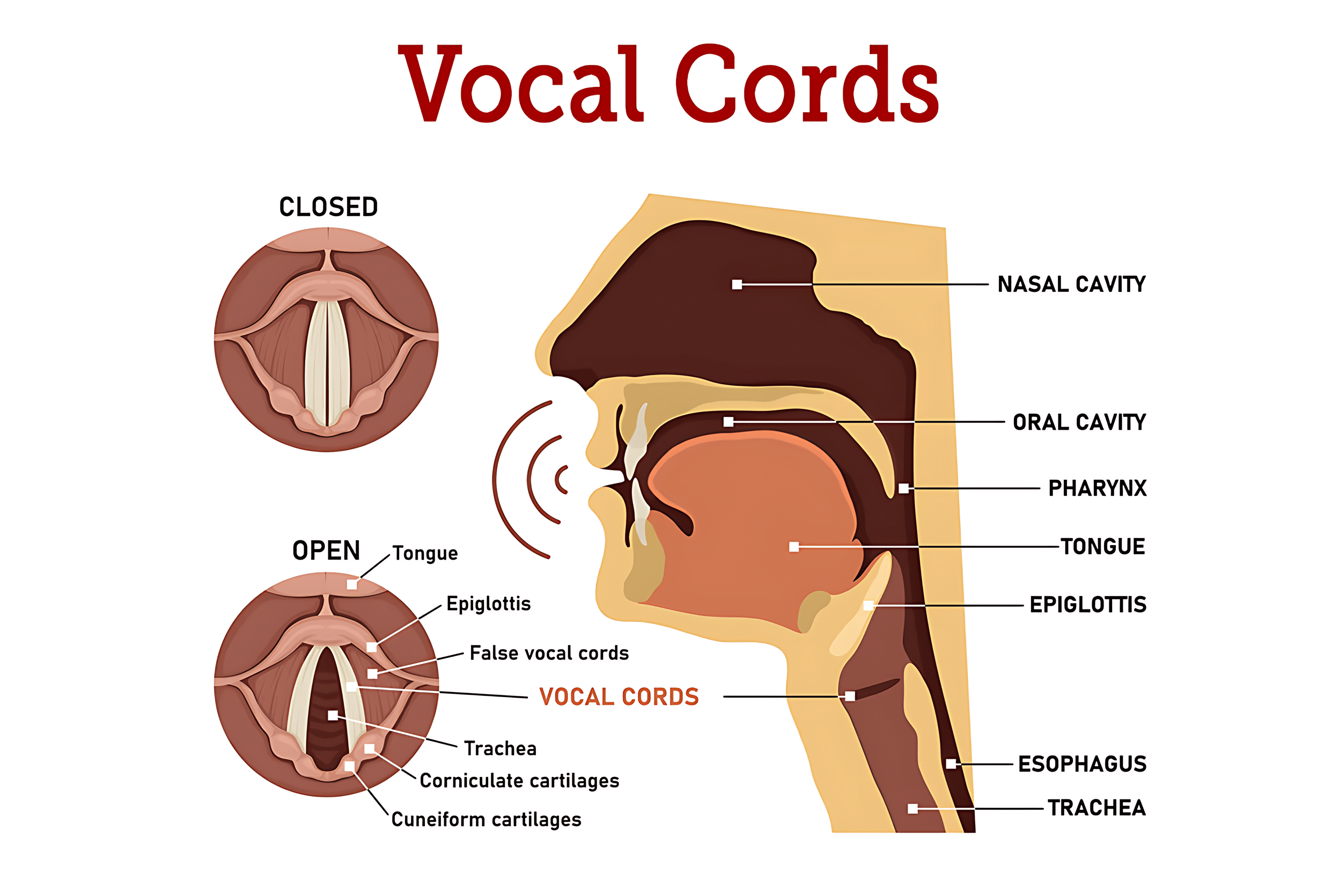
When you sing from your throat, you rely mostly on your vocal cords and the muscles around your voice box to produce sound. This approach is not ideal for your voice.
It’s like lifting a heavy weight using only your arms instead of your whole body. Singing this way can cause problems.
It can make your throat feel tight and uncomfortable. Over time, it might even hurt your voice.
When you sing from your throat, you’re not using your voice in the best way possible.
This can limit how well you can sing and how long you can keep singing without getting tired.
Learning not to sing from your throat is key to protecting your voice and sounding your best.
Importance of Proper Singing Technique
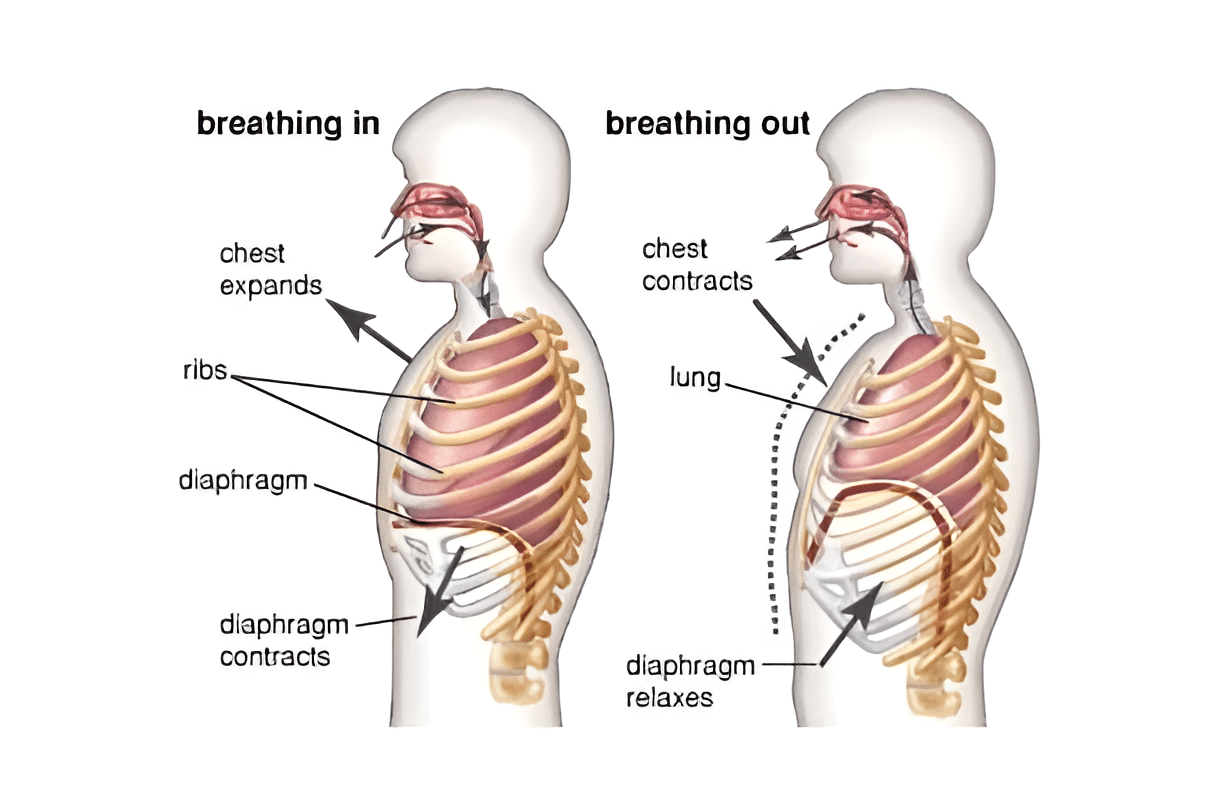
Using the right singing methods is crucial for your voice. It’s like building a house – you need a strong foundation.
Good singing techniques help you make beautiful sounds without hurting your voice.
A key part of singing well is using your breathing muscles properly.
Your diaphragm, a large muscle under your lungs, and your stomach muscles play big roles.
When you use these muscles to support your singing, you can create a fuller, richer sound.
Learning how to not sing from your throat involves using these muscles instead.
This approach helps you sing longer without getting tired.
It also gives you more control over your voice, letting you hit different notes more easily.
Focusing on proper technique can help you care for your voice and improve your singing.
Recognizing Common Mistakes Leading to Throat Strain
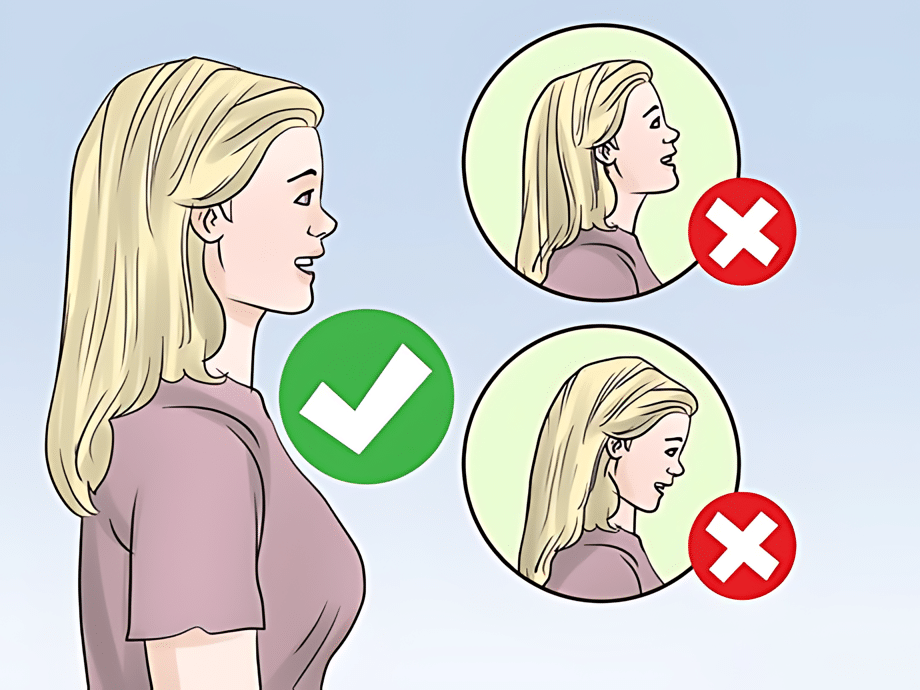
Many singers unknowingly make errors that can hurt their voices.
One big mistake is making all the sounds come from your throat.
This puts too much work on a small area and can quickly tire your voice.
Another common issue is not standing or sitting properly when you sing.
Bad posture can make it harder to breathe right and support your voice.
It’s like trying to run with your shoes tied together – it doesn’t work well. Not controlling your breath correctly is also a problem.
If you’re not using your breathing muscles well, your throat might try to do too much work. This can lead to strain and discomfort.
Learning how to not sing from your throat starts with spotting these mistakes.
Once you know what to look for, you can start fixing these issues and sing more comfortably.
Techniques to Avoid Singing From the Throat
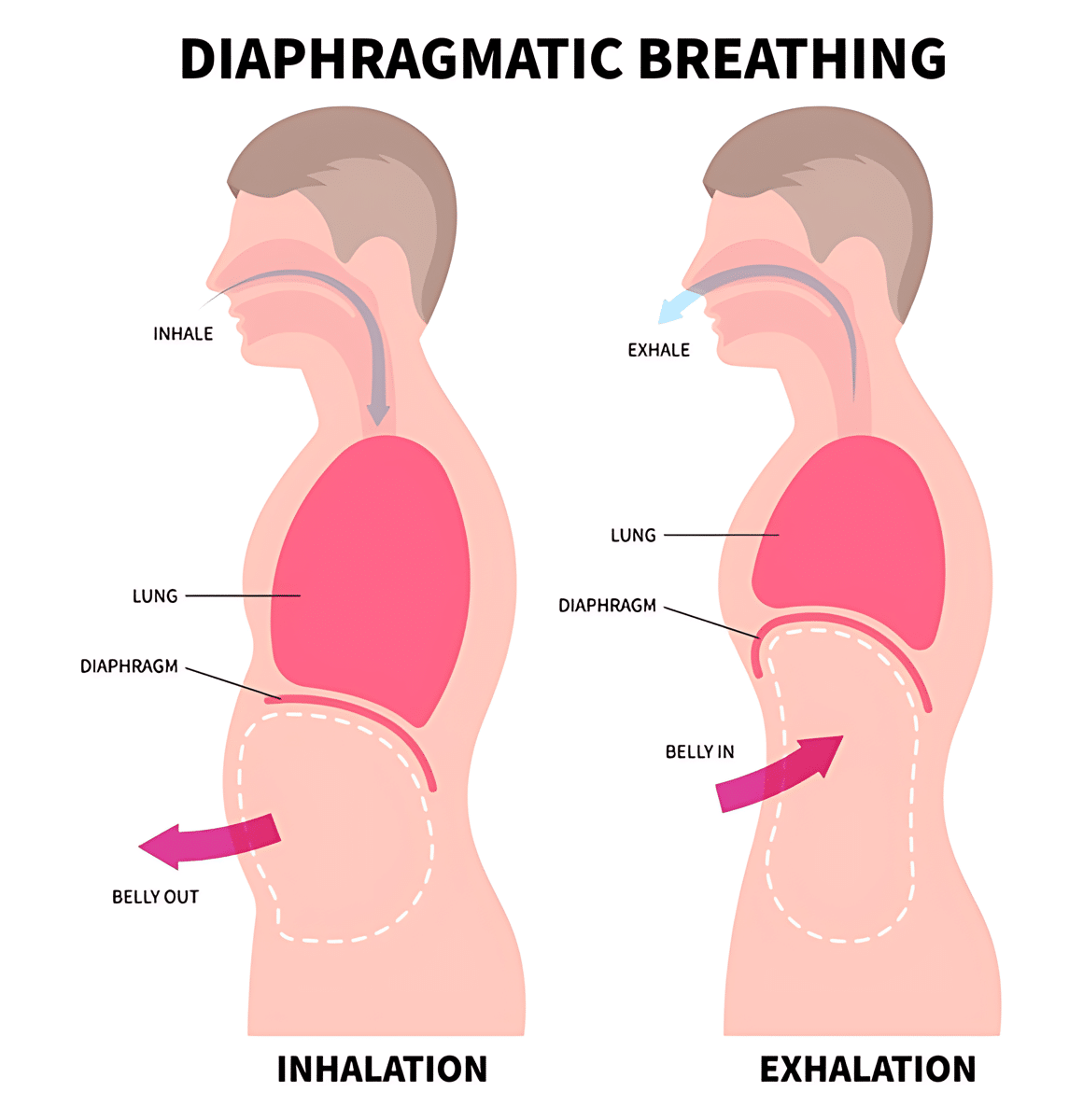
1. Relaxing the Throat Muscles
Keeping your throat muscles loose is key to singing well. Tight muscles can make your voice sound strained.
Try this: gently massage your neck and jaw before singing. This can help your throat feel more relaxed.
2. Proper Breath Support
Good breathing is the foundation of singing. Learn to breathe from your belly, not your chest.
This is called diaphragmatic breathing. It helps you control your air better, taking pressure off your throat.
3. Focusing on Resonance and Vocal Placement
Think about where your voice is coming from. Try to feel it in your face (the mask area) or your chest, not your throat.
This can help you create a fuller sound without pushing from your throat.
4. Using Vocal Fry and Falsetto
Practicing gentle sounds like vocal fry (a low, creaky sound) and falsetto (light, high notes) can help relax your voice.
These exercises teach you to refrain from singing from your throat and use other parts of your vocal system.
Vocal Exercises and Warm-ups
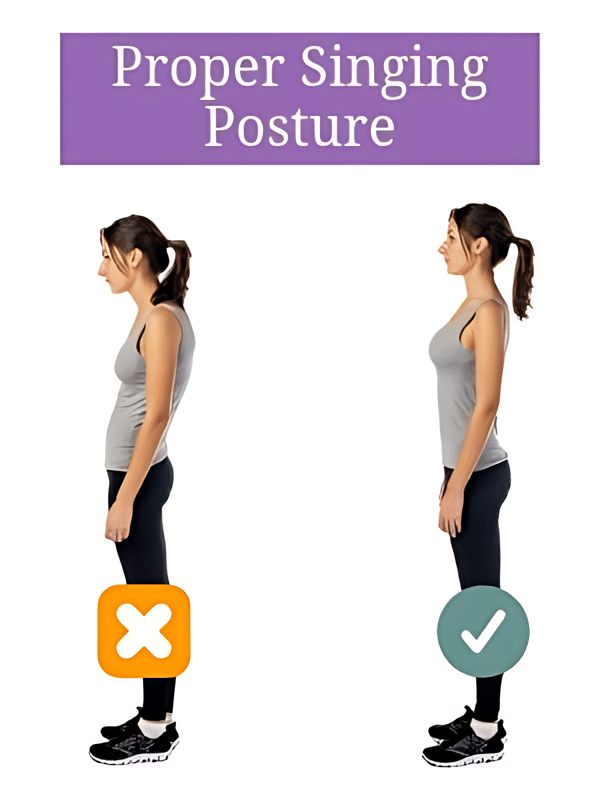
1. Diaphragmatic Breathing Exercises
Try this exercise to improve your breath support: Lie on your back with a book on your belly.
Breathe in deeply and watch the book rise.
As you breathe out slowly, the book should lower.
This helps you feel how your diaphragm moves when you breathe correctly.
2. Resonating in the Mask and Chest Voice
Try humming with your lips closed to practice echoing in your mask (face area).
Feel the buzzing in your nose and cheeks.
For chest voice, say “hey” in a speaking voice, then try singing it.
Feel the vibrations in your chest.
3. Specific Vocal Warm-ups
Start with lip trills: make a “brrr” sound while changing pitch.
This relaxes your lips and throat.
Next, try sirening: slide from your lowest to highest comfortable note on an “ooh” sound.
Lastly, sing gentle scales using “ma” or “mo” sounds.
These exercises can help you learn to sing without using your throat and instead using your whole vocal system.
Importance of Good Posture and Overall Vocal Health

Maintaining Good Posture
Standing or sitting up straight helps you sing better.
Good posture lets your lungs expand fully, and your voice flow freely.
Here’s how to check your posture: Stand with your feet hip-width apart, your shoulders relaxed, and your chin parallel to the floor.
Imagine a string pulling you up from the top of your head.
This aligned position helps you learn how to not sing from your throat.
Vocal Health Practices
Taking care of your voice is crucial. Give your voice regular breaks, especially after long singing sessions.
Avoid yelling or talking loudly for long periods. Keep your throat clean by drinking plenty of water throughout the day.
Aim for at least eight glasses. This helps keep your vocal cords moist and flexible.
Remember, your voice is an instrument that needs care. Good posture and healthy habits can help you sing better and protect your voice long-term.
Conclusion
Learning not to sing from your throat is key to protecting your voice and improving your singing.
You can reduce strain and sing more comfortably by focusing on proper breathing, relaxing your throat muscles, and using resonance techniques.
Remember, the techniques are as important as good posture and overall vocal health.
Practice the exercises we’ve discussed regularly, and be patient with yourself as you develop these new habits.
Your voice is a precious instrument, and taking care of it will help you enjoy singing for years to come.
Why not start today? Try one of the breathing exercises or warm-ups we’ve covered.
Your voice will thank you! Have you experienced throat strain while singing? Share your thoughts in the comments below.
Frequently Asked Questions
1. How Can I Avoid Singing from My Throat?
To avoid singing from your throat, focus on proper breathing using your diaphragm.
Relax your throat muscles, practice resonating in your mask and chest, and use vocal warm-ups.
Good posture also helps take pressure off your throat while singing.
2. How Do You Fix Your Throat for Singing?
Start with gentle warm-ups like lip trills to fix your throat for singing.
Stay hydrated, practice proper breathing, and give your voice regular rest.
If discomfort persists, consider consulting a vocal coach for personalized guidance on technique improvement.
3. How Do You Sing from Your Chest Instead of Your Throat?
To sing from your chest, focus on breathing deeply into your lower lungs.
Practice speaking in a lower pitch, then gradually transition to singing.
Feel the vibrations in your chest area.
Regular practice will help you develop this technique naturally.
4. Why is My Singing Voice Stuck in My Throat?
Your singing voice may feel stuck in your throat due to tension, improper breathing, or poor technique.
This often happens when you’re trying too hard or not using your breath support correctly.
Relaxation exercises and proper warm-ups can help resolve this issue.











